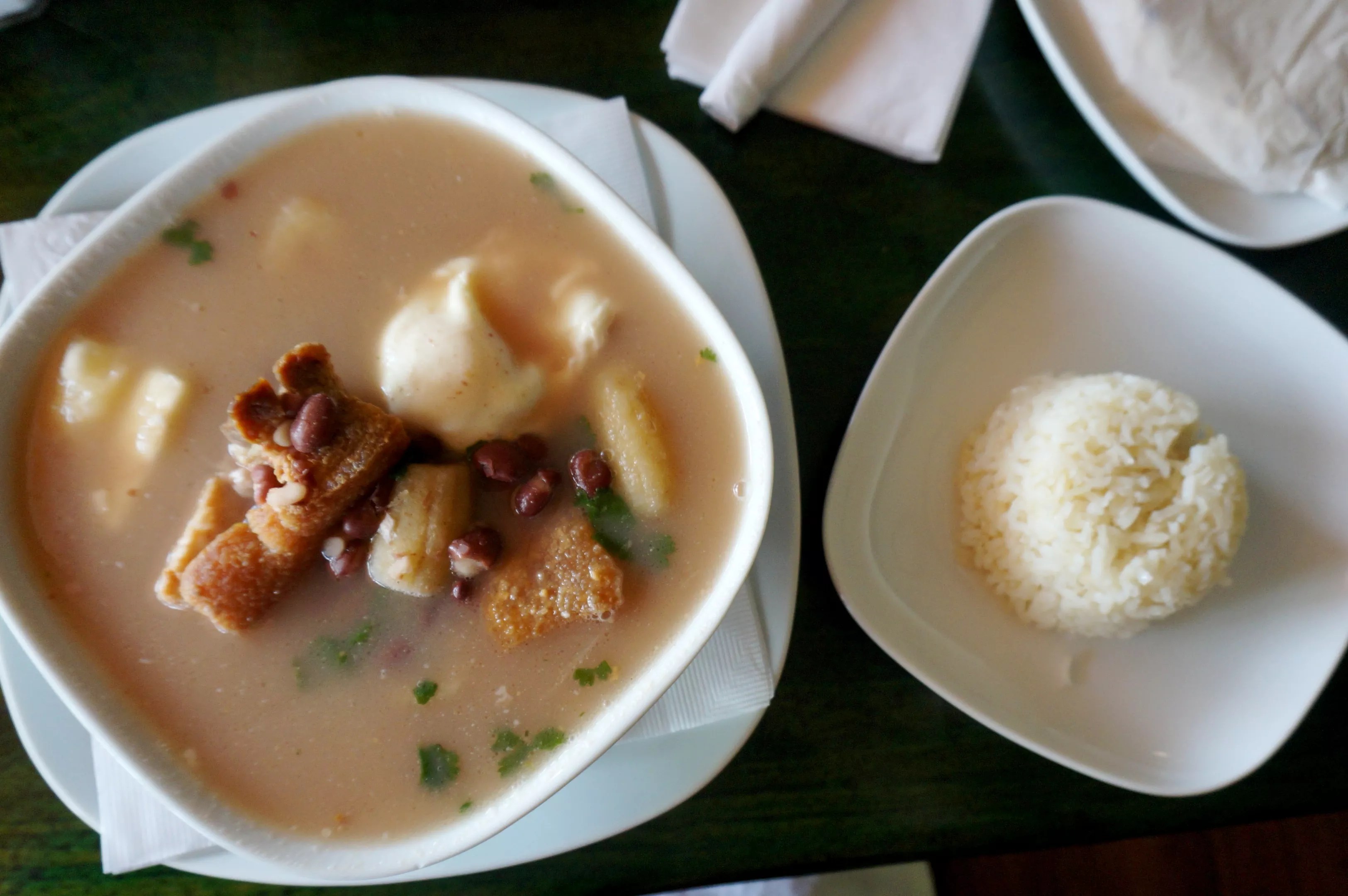
Mark Antonation

Audio By Carbonatix
The miles of Colfax Avenue stretching from the city center past the Denver-Aurora line maintain a certain character: Automobiles jam together in packs while pedestrians shuffle at a slower pace, many without apparent destinations. Businesses form ramparts along either side, built from aging mansions, low-slung shopping strips, converted warehouses and freestanding fast-food outlets. If there’s any distinctive architecture – whether mid-century modern, late Victorian or early twentieth century – it’s mostly buried beneath add-ons, facades and layers of paint and grime. Restaurants wedge themselves in between head shops, dive bars, secondhand stores and ethnic markets, interrupted by used-car lots and sprawling motels. There’s plenty of commerce, but most of it seems quotidian, and special destinations are few and far between.
But just off the main drag on the many north-south streets that weave together Denver’s neighborhoods – the warp to Colfax’s weft – the pace and flow of life feels drastically different. Between Colfax and East 14th Avenue, a quick transition from urban to residential occurs, where churches, bungalows and schoolyards soften the hard edge that divides Montclair from Park Hill, Congress Park from City Park, Capitol Hill from Uptown. The daily business of Colfax trickles onto these side streets, but without the relentless pace. If Colfax is wide awake at all hours, streets like Poplar, Quince and Chester (just on the Aurora side of the line) are drowsy and slow, with eateries that match the personality of their surrounding neighborhoods, even just a couple of doors off the main drag.
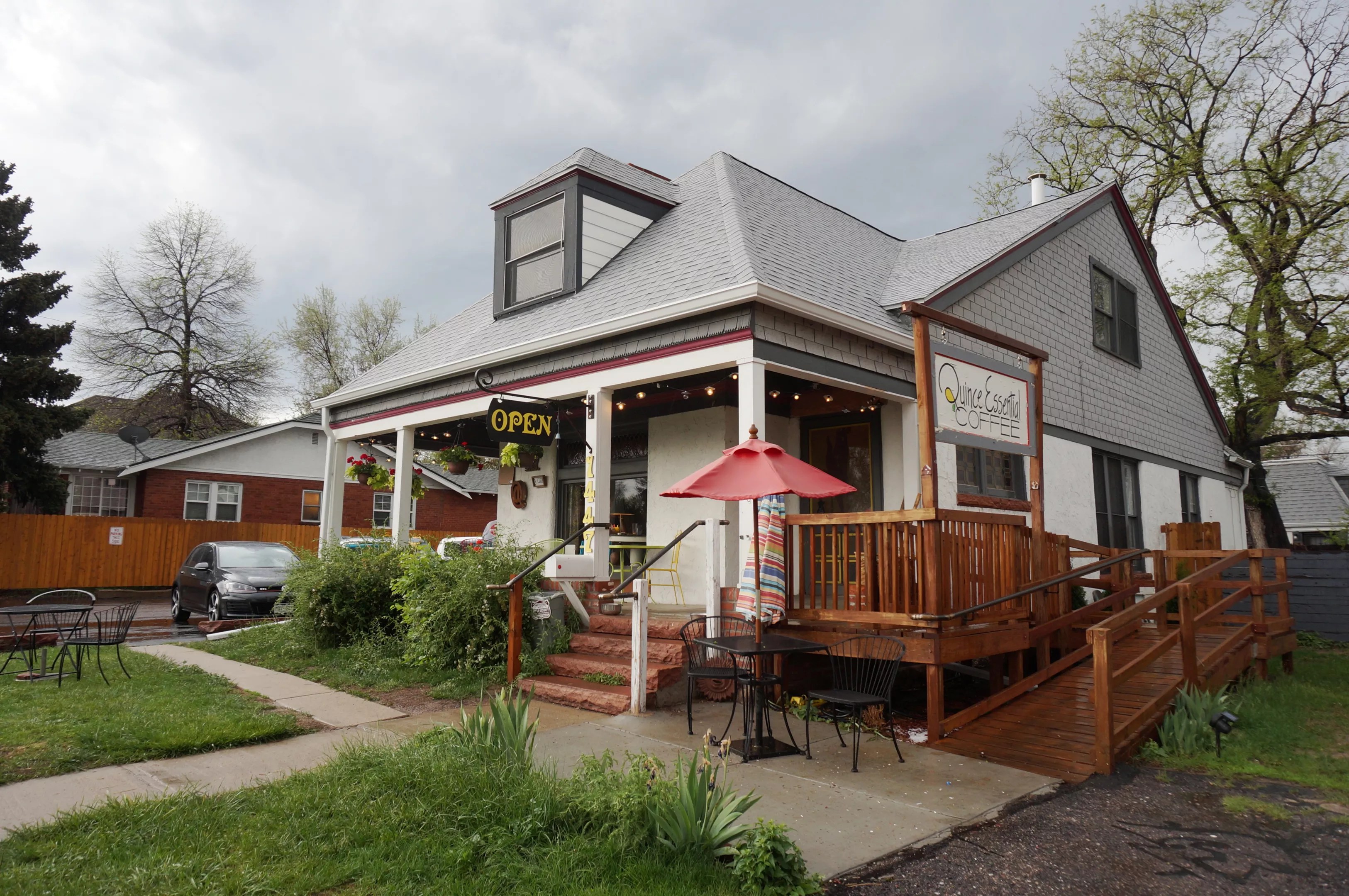
Quince Essential was recently someone’s house.
Mark Antonation
At 1447 Quince Street, Quince Essential Coffee has been steadily attracting a loyal customer base of Johnson & Wales students and residents of Montclair since Michelle Jeannerett opened the place two years ago. Not long before that, the building was an actual residence, adding emphasis to the “house” in coffeehouse. Packed with comfortable furniture and awash in colors, Quince feels like home, too. You may need to wander from room to room to find a seat that fits your needs – a big table where you can spread out and study or an overstuffed lounge chair for slowly sipping a big mug of coffee – but once customers settle in, they tend to stay for a while.
Denver, make your New Year’s Resolution Count!
We’re $17,500 away from our End-of-Year campaign goal, with just a five days left! We’re ready to deliver — but we need the resources to do it right. If Westword matters to you, please contribute today to help us expand our current events coverage when it’s needed most.
Beans come from Kaladi Coffee and Jubilee Roasting Co., both local roasters with good reputations among java junkies, while most of the pastries are baked at La Fillette, which has a penchant for croissants. Vegan options come from Make, Believe (City O’ City’s bakery branch), and there are also gluten-free treats and Argentinian empanadas from Maria Empanada.

Inside Quince Essential Coffee.
Mark Antonation
Jeannerett’s daughter, Quinn, also works at the shop; she says that business has been good but unpredictable. Weekends are steady, with families coming in from the neighborhood, and weekday rushes often fill every seat early in the morning or for a couple of hours after the main lunch rush. But when the weather’s nice, customers can spill out onto the wraparound porch or into lounge chairs in the back yard.
Just two blocks east, Mesob Ethiopian Restaurant found a new home three years ago at 1422 Poplar Street (the old Señor Pepe’s) after eleven years in its original location at 11th and Syracuse. Chef/owner Letish Letebethan says it took some time for her regular diners to locate the spot, but business is steadier now, and a stage for live music helps bring in additional customers. The restaurant is at the end of a strip of shops that wrap around from Colfax, so the setting isn’t quite as residential as that of Quince Essential, but Mesob is definitely off the main Ethiopian restaurant circuit along Colfax, where Axum, Queen of Sheba, Abyssinia and others take advantage of the steady flow of traffic.
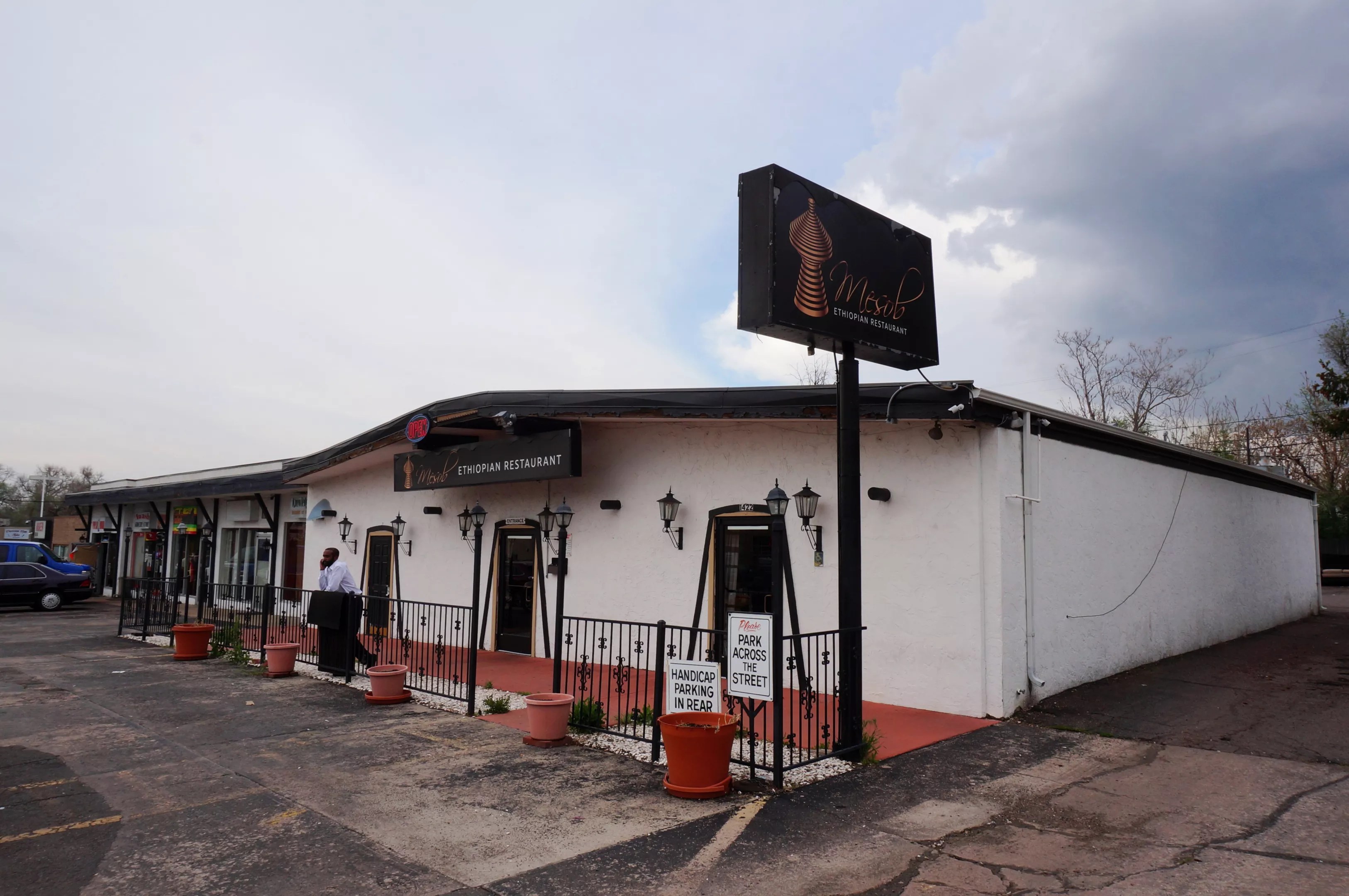
Mesob is off the main circuit of Ethiopian eateries on Colfax.
Mark Antonation
A mesob is a tall, lidded, woven basket that serves as a table where communal platters are shared by diners seated on low stools. You’ll see a couple of mesobs in the dining room, but most of the seating is Western style. There’s even a fully stocked bar where you can pull up a stool and enjoy Ethiopian music videos on the TV in the corner.
If you’re at all familiar with Ethiopian – or Habesha, as the people of that country call themselves – cuisine, you’ll recognize the spongy injera flatbread and selection of stews and slow-cooked meats and vegetables. The injera here is dark and flavorful, indicative of the teff flour that’s mixed into a batter and fermented before it’s baked. Fermentation adds a tart flavor, like that of sourdough, while the teff lends a slightly mineral note.
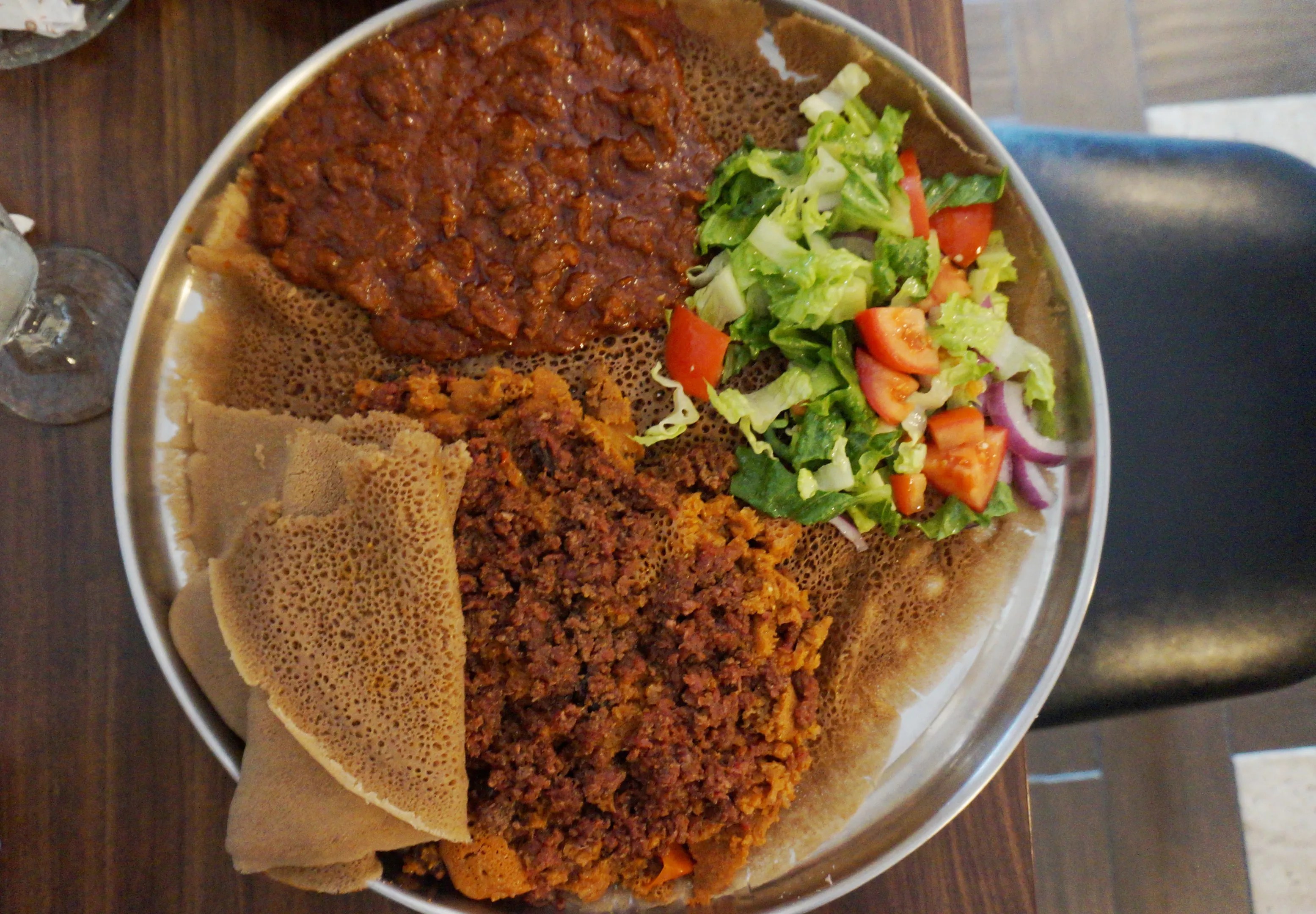
Stewed lamb (top) and a mixture of seasoned ground beef and dried beef (bottom) form a filling meal atop injera bread.
Mark Antonation
Letebethan’s cooking is filled with the same fragrant, complex and sometimes fiery spices that make Ethiopian restaurants so inviting. Clarified butter is imbued with herbs before being drizzled over ground beef in kitfo; dried beef, similar to jerky, is cooked in a tangy sauce of tomatoes and peppers in a dish called quanta firfir, which also incorporates shreds of injera into the mix, like a meaty version of an Italian panzanella. If you want both kitfo and quanta, order them together in the “ground plus 1”; it’s a little more expensive than other menu items because it’s actually two portions layered together under a blanket of injera. In its home country, the dish is known as shifinfin, which means “covered up”; shifinfin was originally created so that restaurant customers could eat meat without being detected by the watchful eyes of church elders on religious fasting days when only vegetarian meals were permitted. At Mesob, it’s just an efficient way to sample two styles of beef in one order.
Head farther east across the Denver city line at Yosemite Street and you’ll find Honduras Breeze, which opened six months ago in a former sports bar at 1443 Chester Street. The dining room of this Honduran restaurant looks like an office cubicle farm done up in tropical colors. Low walls present a maze-like appearance, dividing the room into a dozen or so separate, semi-private spaces; each cube houses a table, giving the feel of a private banquet room. Actual booths along the front window provide brighter, more open seating for those who tend toward claustrophobia.
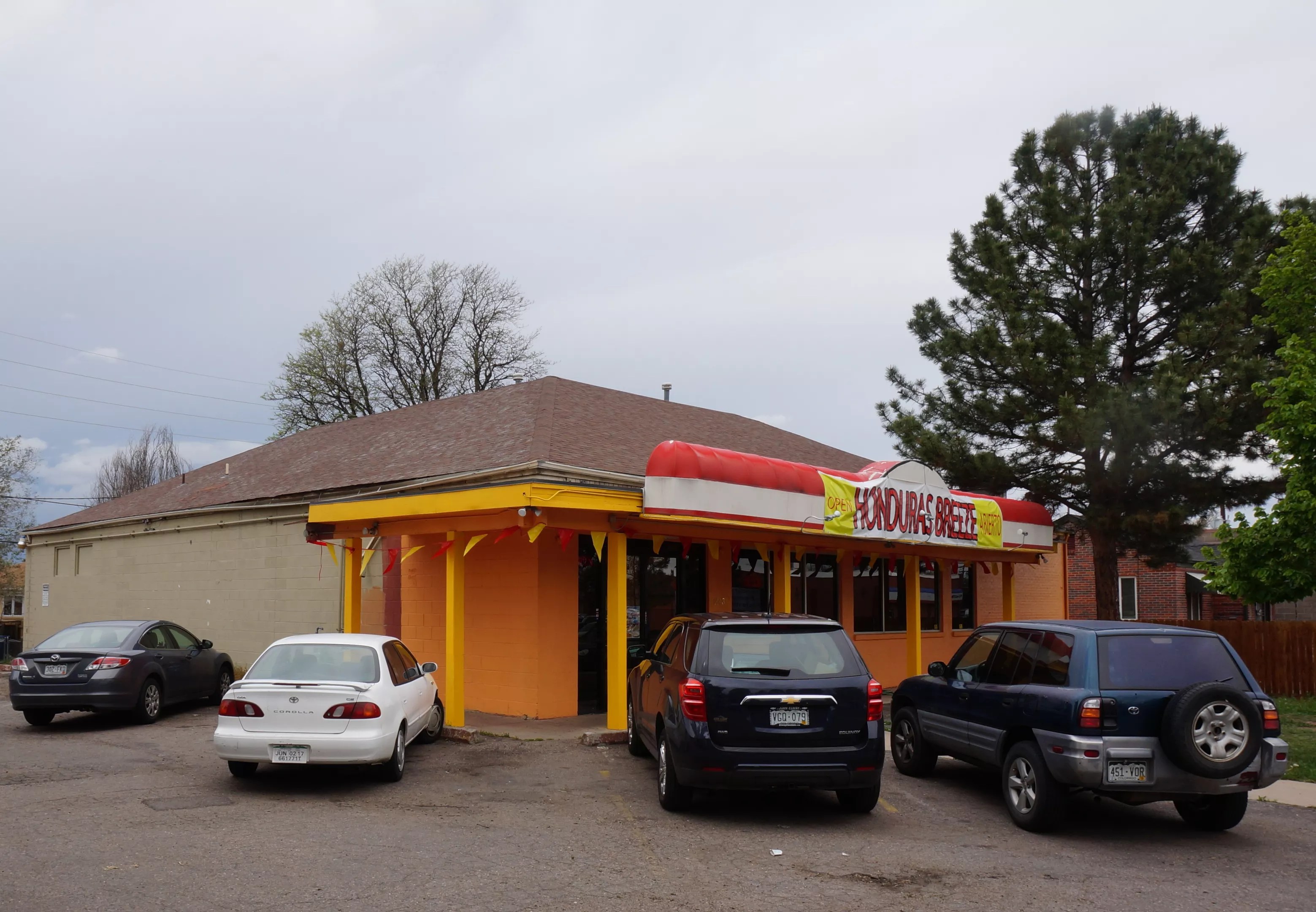
Honduras Breeze sits just south of Colfax on Chester Street in Aurora.
Mark Antonation
Honduran cooking is mostly simple and rustic, with plenty of starches and fewer chiles than Mexican cuisine. A single order of black-bean-and-chicharrón soup comes with plantains and yuca (or cassava) in the soup, plus a side of rice and housemade corn tortillas. At only $8.25, it’s a great deal in terms of per-calorie cost alone, but the soup is also subtle and almost floral in its aroma – and those tortillas are as good as at any Mexican taqueria in town.
You’ll also find Honduran versions of familiar Latin American staples like tamales, fried plantain (either plain or topped like nachos), enchiladas and empanadas – here called pastelitos and made with a crunchy cornmeal shell that hides mildly spiced ground beef. There’s even a Honduran version of a taco called a baleada, made with a flour tortilla and filled with melted cheese and a combination of meats, beans, eggs and avocado.
Like Colfax, these side streets offer international variety and good value for your dining dollar, but in quieter, less hectic settings. You might see one of your neighbors at the next table, or you might strike up a conversation with recent immigrants from Ethiopia or Central America, knowing that you could see them again when you return – something that feels unlikely on busier Colfax. Not even close to suburban but definitely not downtown, life just off the city’s most iconic street dispenses with the urban hustle for something distinctively laid-back and Denver.
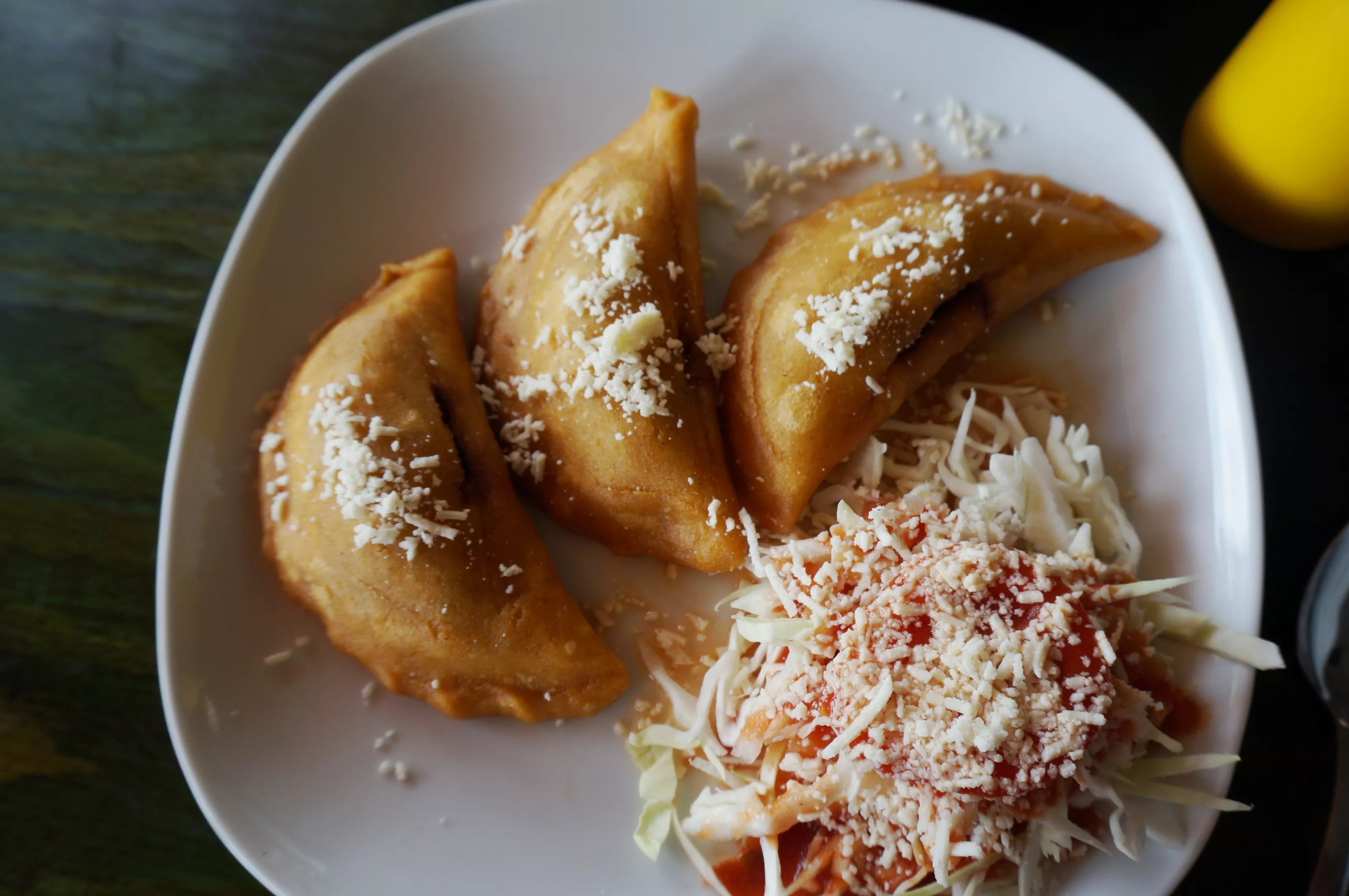
Crunchy pastelitos are similar to Mexican empanadas.
Mark Antonation